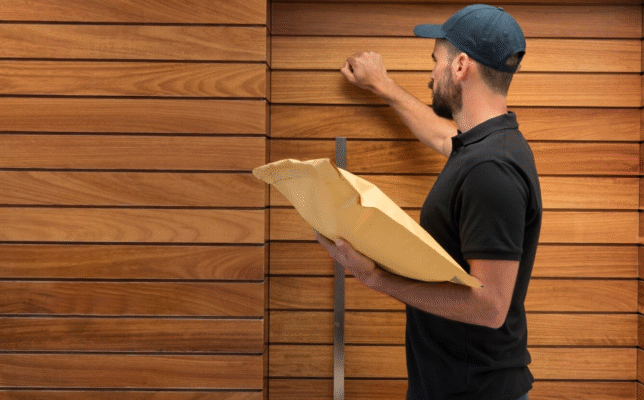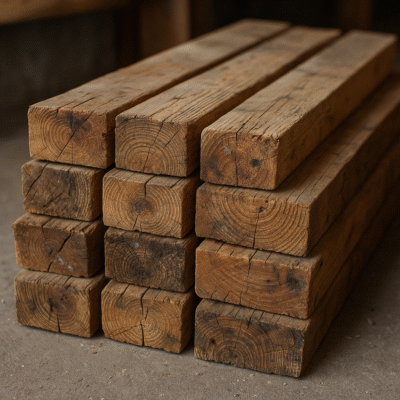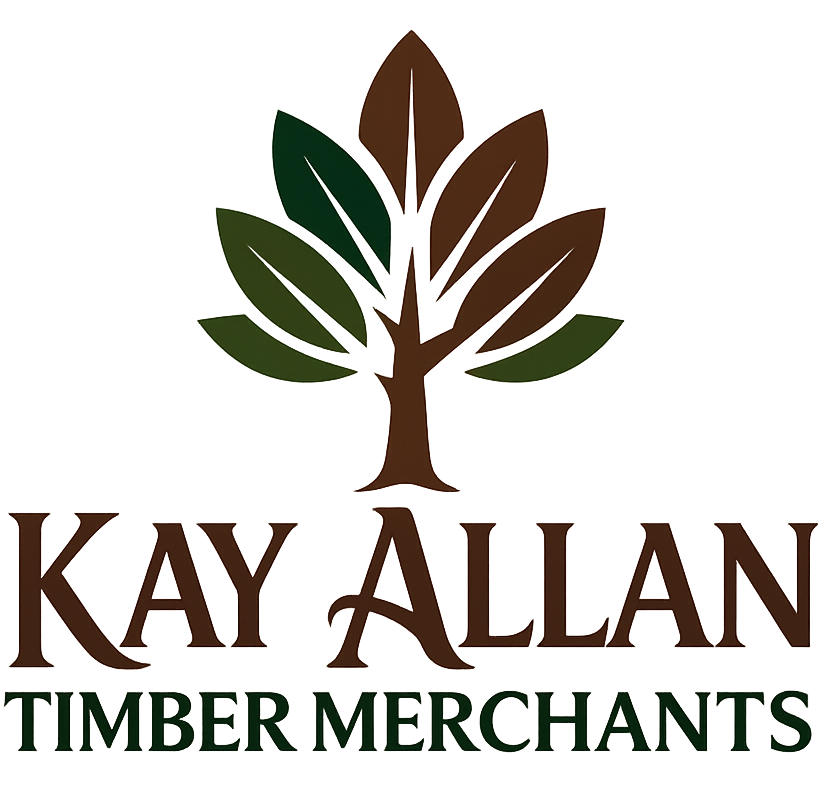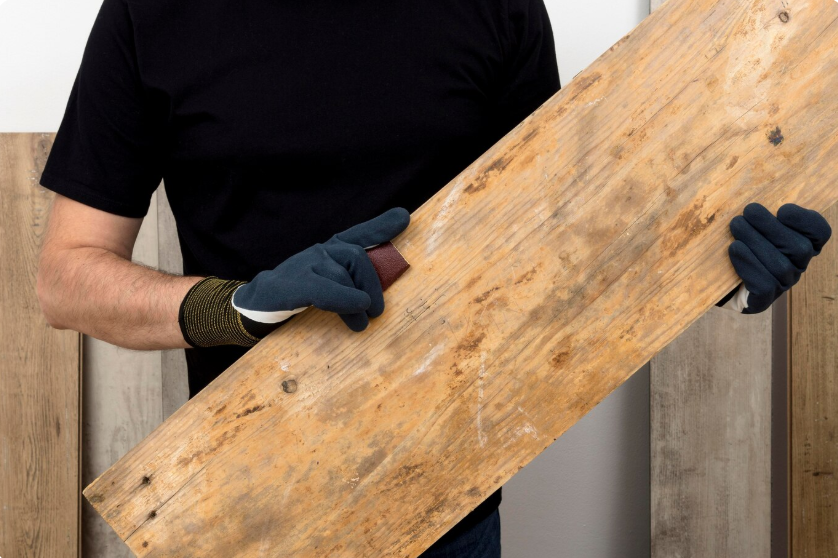Uncategorized
Planed Timber Explained: When to Go Smooth vs Rough-Sawn?
Knowing how to work with planed timber makes a big difference, whether you’re making a garden shed or a dining table. People who do their own work and experts typically use this kind of wood, although it’s not always evident when to choose smooth over rough sawn wood.
The truth is that what you make, where you use the wood, and how it needs to look or feel all play a role in your choice. Planed wood is becoming increasingly popular for home projects, so it’s important to know how to use it, what its benefits are, and how it differs from sawn wood. Let’s make it simple and use real facts instead of fluff.
What is Planed Timber, Really?
Planed wood is wood that has been smoothed out by a machine, usually on one or more sides. This step gets rid of the rough surface that was left over after cutting. This makes it safer to handle and more attractive to look at. People often use the words PSE (Planed Square Edge) or PAR (Planed All Round). The distinction is in how many sides of the wood have been planed.
People like to use it for indoor furniture, door frames, and places where the wood will be seen or touched a lot. It feels smooth, which makes it great for places that need a polished, finished look. But it isn’t just how it looks.

When Smooth Makes Sense: Uses of Planed Timber
So, when is it best to choose planed wood? Consider how comfortable and attractive it is. You want something smooth, without splinters, and pleasing to touch whether you’re making a bed frame or a bookshelf. This is where this choice really shines. Planed wood is almost often used for indoor furniture. It’s also utilised in toys for kids, mouldings for the inside of buildings, and anywhere else that needs a clean, modern look.
You may save a lot of time getting ready for these kinds of jobs by cutting wood to size and then planing it. Not to mention that it can aid with painting and staining because finishes go on more evenly on a flat surface. The Timber Trade Federation says that more than 65% of softwood marketed in the UK and US for indoor use is planed timber. That number says a lot about how commonly utilised and trusted this material is.
When Rough Sawn Timber Wins Out
Rough sawn wood is still useful, especially for outdoor work or framing. This wood is straight from the mill, so it has a rough, unpolished appearance. It costs less than planed wood because it doesn’t have to be smoothed out. And sometimes that rough surface is a good thing since it helps nails and screws hold better.
Sawn timber is a favourite among builders for structural work, garden fences, and hidden frames. The wood doesn’t have to look nice for these things. It needs to be sturdy and cheap, though. This is where rough-sawn timber boards are most helpful.

Conclusion
There is no one answer that works for everyone. Choosing between smooth planed wood and rough sawn wood is all about matching the wood to the job. If the look and feel are important, smooth wood is best. Rough wood is perfect for simple structures, framing, and projects on a tight budget. Planed wood is usually the better choice if you’re working on something that can be seen, touched, or is safe.
Rough-sawn is worth the money when appearance, affordability, grip, or durability are more important. In any case, knowing how your wood boards work and how timber cut to size fits into your project makes things easier. The more you learn, the better your results will be.

